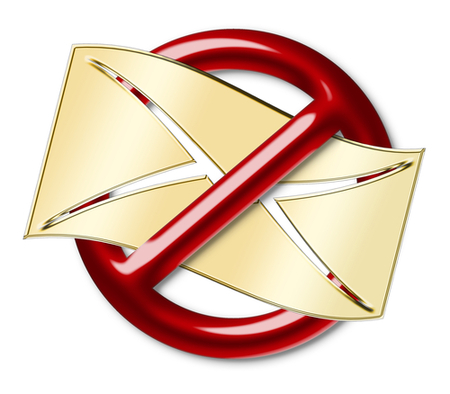
Confused about whether to set up an email distribution list or a shared mailbox? Read our article to find out which option is right for you.

In today’s digital age, email has become an essential tool for communication. It is used by individuals and businesses alike to connect with customers, colleagues, friends, and family. Group email is a communication tool that allows businesses to communicate with a group of people simultaneously. This article will explore what a group email is, what it is used for, and how it can be managed using a group email service.

GDPR introduced a new era of protections for consumer privacy and forever changed the way that businesses across Europe captured, processed, stored, and used personal data.

Despite the developments in social media platforms and project management tools over the last decade, email is still the king of business communications.

If you’re running a business, sports club, charity or educational establishment, you’ll understand how important effective communication and collaboration is.

Many email services and Internet Service Providers (ISPs) detect the response of an email’s recipient to gauge whether the email is legitimate or not. Whether a recipient opens, clicks, replies, unsubscribes, forwards or deletes the message determines whether the message is considered as 'good’ or as 'spam’. Gmail, for example, ranks the importance of an email based on the recipient’s action - if the recipient replies, Gmail is more likely to class the email as 'important’. If your recipient can’t reply, your emails are likely to end up in the Spam/Junk folders (read more about keeping your emails out of spam in an earlier post).